If you don’t come here, you can’t eat it; the flavor of prawns beloved in fishing villages.
———Mie’s cuisine isn’t just Ise lobster...
Mie’s cuisine is strongly identified with Ise lobster. Ise lobster is indisputably delicious, however, if you ask the fishermen of Owase City, they will say “actually, there are tastier prawns”. I wanted to see these “tastier prawns” for myself, so I took a walk down to the port.
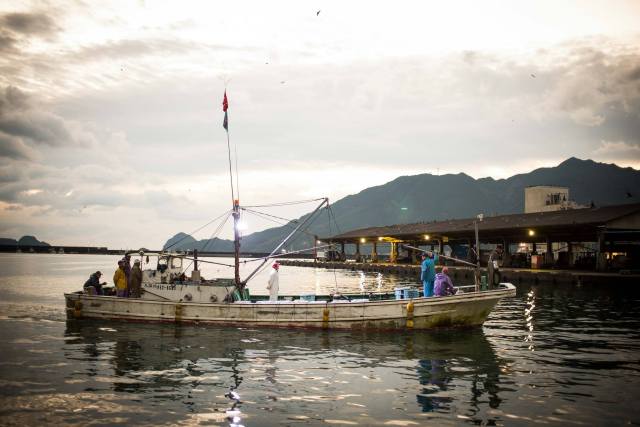
6 am at Owase Port. It is still dark and the air is cold and damp.
All around the port are fishermen busily driving forklifts and filling crates with ice. They are preparing to meet the boats that will soon return with their catches. Their efficient and purposeful movements are impressive to watch.
Mr. Nakamoto, who has worked for the fishermen’s association in Owase for 36 years, will be my guide in the fish market.
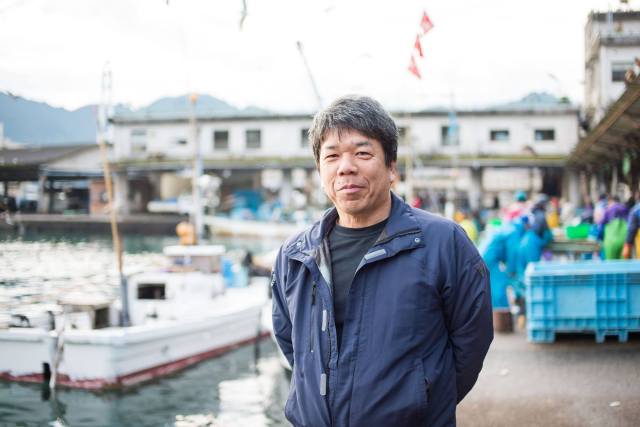
Brought in the previous day and not yet auctioned off, Mr. Nakamoto points out a box of prawns I have never seen before.
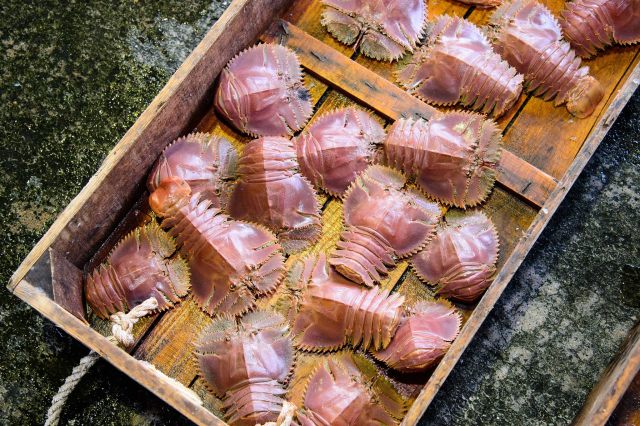
They are uchiwa ebi (slipper prawns), so called for their resemblance to Japanese uchiwa round fans. Still alive, from time to time they clatter around in their box. Having never seen a prawn shaped like this before, I wonder “People eat these things?” My face must have betrayed my skepticism, because Mr. Nakamoto informs me “they are more rare than Ise lobster, and more expensive as well.” I begin to imagine what they might taste like.
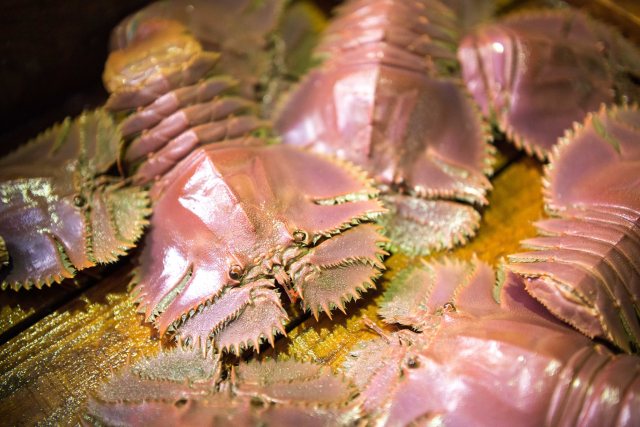
———When there are, there are and when there aren’t, there aren’t. That’s life in a fishing village.
“But there aren’t many today. You should have been here yesterday, there were lots of different prawns” says Mr. Nakamoto.
Many varieties of prawn are brought into the Owase fishing port. Akaza ebi (langoustine), uchiwa ebi (slipper prawn), gasu ebi (greasyback prawn), oni ebi (spiny prawn), kuma ebi (tiger prawn), kumo ebi (spiny lobster), benigara ebi (four spined needle prawn), botan ebi (sweet prawn), waraji ebi (slipper prawn) ...
Brought in at Owase, most of these prawns aren’t distributed outside of this area. Their numbers are few, and they are delicate, but more significantly, they are so delicious that the locals snap them all up!
Start talking about prawns and nearby folks pipe up. “Stewed oni ebi is great” “gasu ebi fried rice is the best” “sushi? Gotta be botan ebi!” As it turns out, Mr. Nakamoto’s recommendation is salt grilled akaza ebi.
While the conversation goes on, the sky begins to lighten. As 7 am approaches, participants in today’s auction continue to turn up. Bidding on the uchiwa ebi begins.
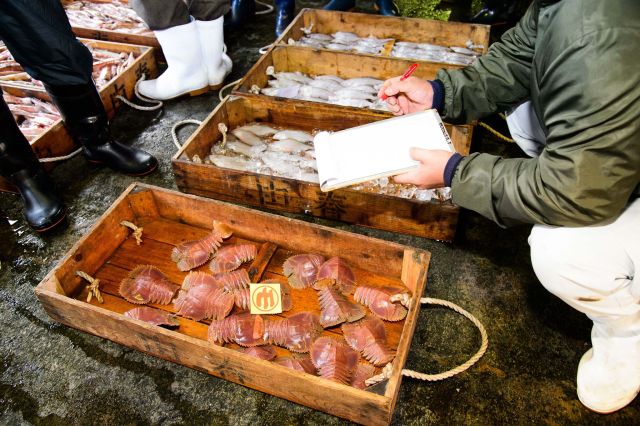
Ten or so people crowd around the box, but before you can say “Ah” the bidding ends. The winning bidder is the Iwasaki Fish Shop, located a stone’s throw from the market.
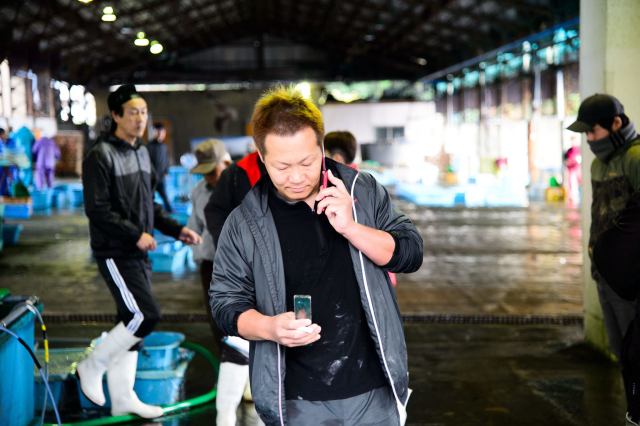
The shop doesn’t open until 9 am, so I have a look around while I wait. Among the many kinds of fish arrayed in front of the shop are the uchiwa ebi from the auction.
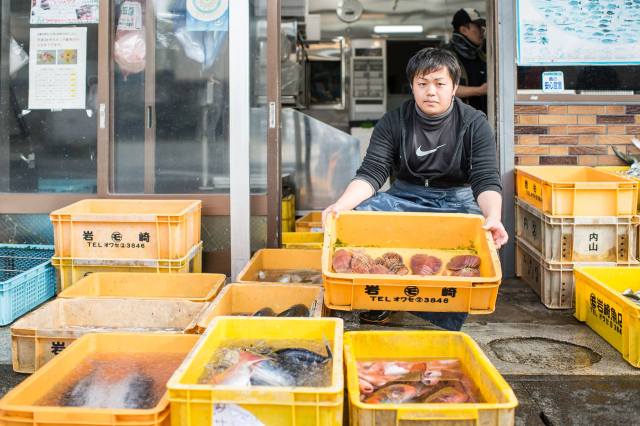
What prawns do they have in stock? It depends on the day.
Whoever comes across these uchiwa ebi will buy them, they are sure to disappear quickly.
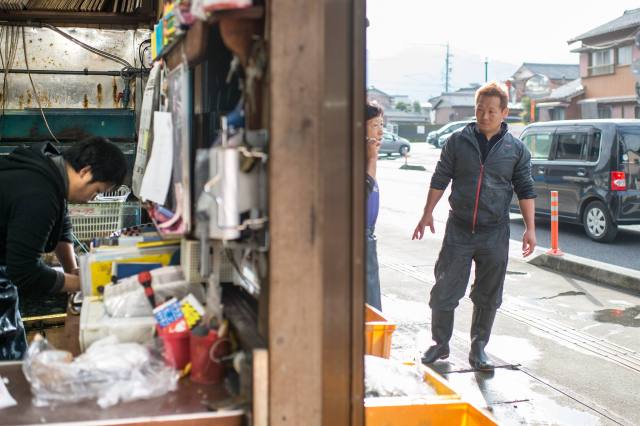
When there are, there are and when there aren’t, there aren’t. Which prawns you find depend on when and where you look. This is another one of the charms of fishing village life.
———On the trail of the uchiwa ebi...
After hearing all the tales of this tasty sounding prawn, I simply must try it. A customer of the Iwasaki Fish Shop, an inn in nearby Kihoku offers to prepare a prawn repast for me.
The young master of the inn, Mr. Takamasa Onishi, as well as being an expert in Japanese cuisine, is also a fine Italian chef. Today, in addition to our uchiwa ebi, he will prepare a selection of prawn dishes for me to taste.
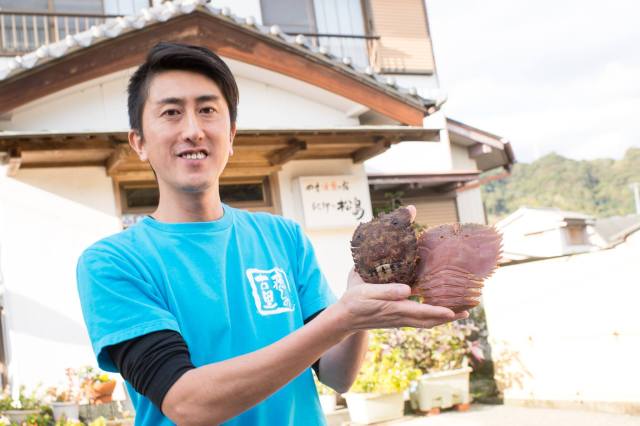
First up is boiled oni ebi (spiny prawn)
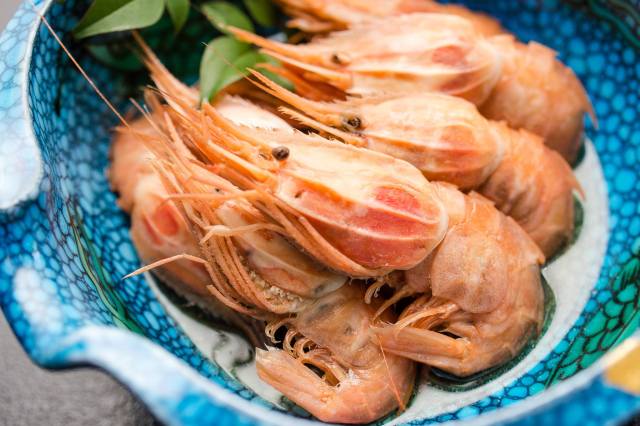
Breaking open with a snap as I peel them, these oni ebi are full of flavor and have a subtle sweetness. The heads and brains are very tasty too.
Next up is gasu ebi (greasyback prawns)
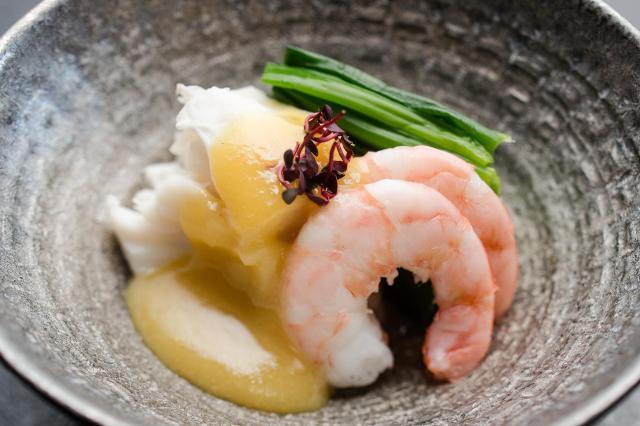
I pop one of these bite sized gasu ebi into my mouth and the umami blossoms, filling my mouth. Fresh gasu ebi are also delicious as a sushi topping. They go well with many local dishes, but they go bad rather quickly so they can only be enjoyed in this area.
Next is a pasta dish featuring kumo ebi (spiny lobster) in a tomato cream sauce.
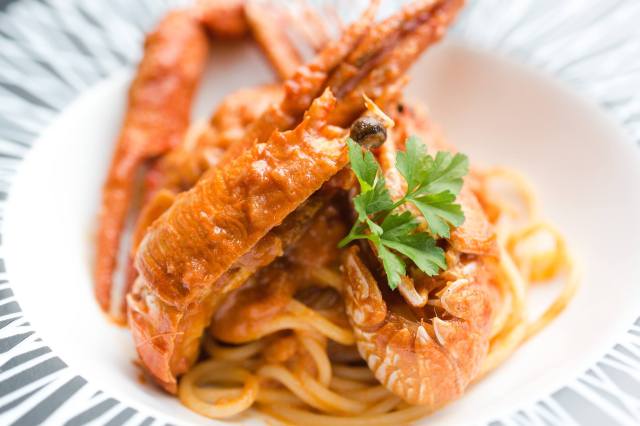
Kumo ebi is noted as having a flavor that is similar to but more mellow than that of Ise lobster. The essence of the kumo ebi permeates the sauce...exquisite.
Finally, uchiwa ebi fresh from the Iwasaki Fish Shop.
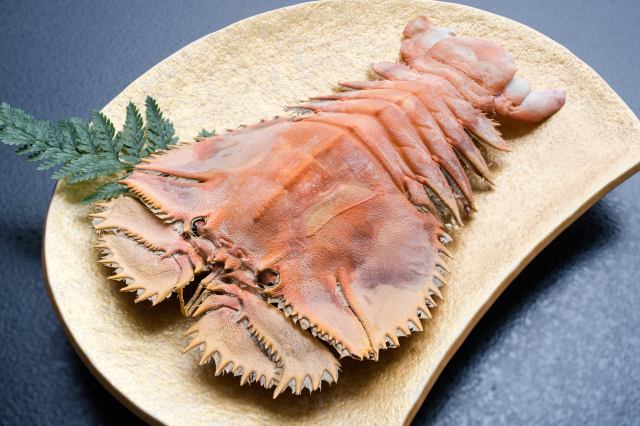
The fragrance of boiled prawn fills the air. Using a pair of scissors, Mr. Onishi cuts a boiled uchiwa ebi down the middle and places it before me.
The meat of the uchiwa ebi is tender and sweet. It exudes umami with each bite. Because they are so rare, not even locals get many opportunities to partake of these prawns. They are almost never distributed outside of the local area.
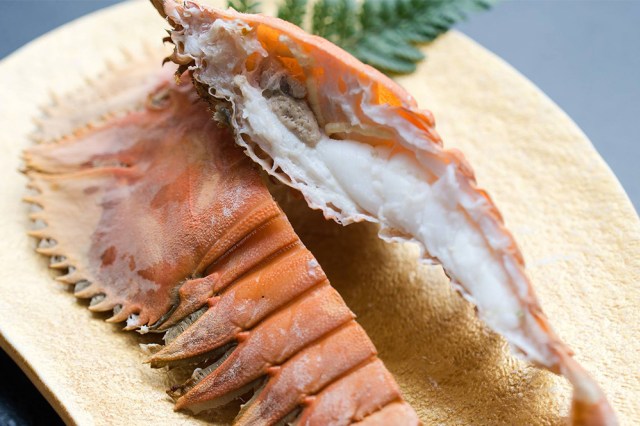
Local folks are very particular about their prawns. They know better than anyone else the flavor of each type, and the most delicious ways to enjoy them. This cuisine doesn’t make it out of this area, so you simply must come here to try it for yourself!
(November 28, 2016)
Produced for Web Magazine OTONAMIE by Masaki Kitada
Produced with the cooperation of:
Iwasaki Fish Shop
Sakaba Cho 5-33, Owase City, Mie
Tel 0597-22-3846
Shiki Katsu Gyo no Yado Kii no Matsushima
http://kiinomatsushima.com/
Furusato 1057, Kihoku Cho, Kita Muro Gun, Mie
Tel 0597-49-3048